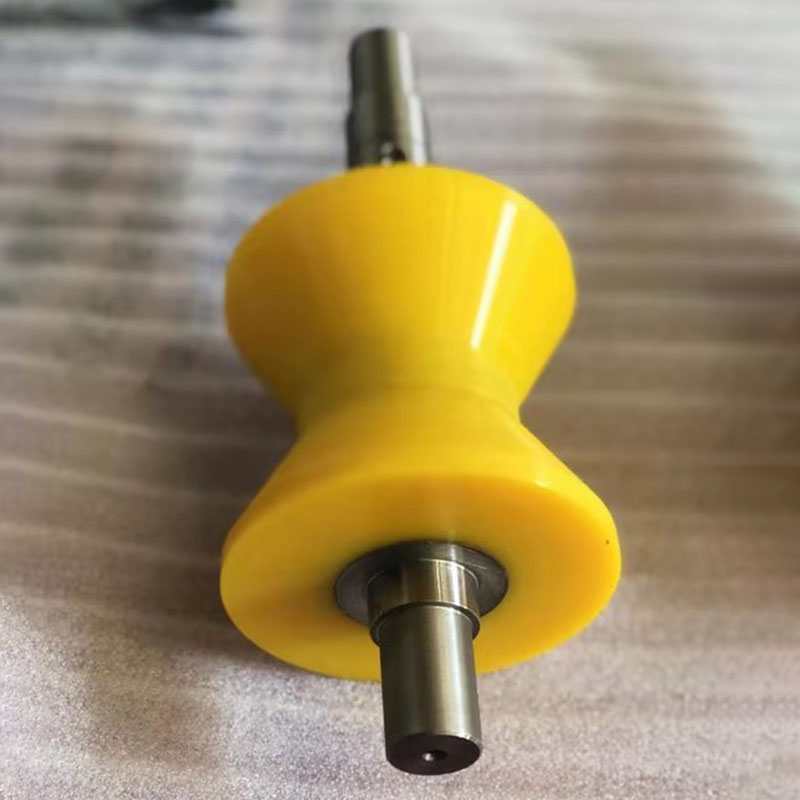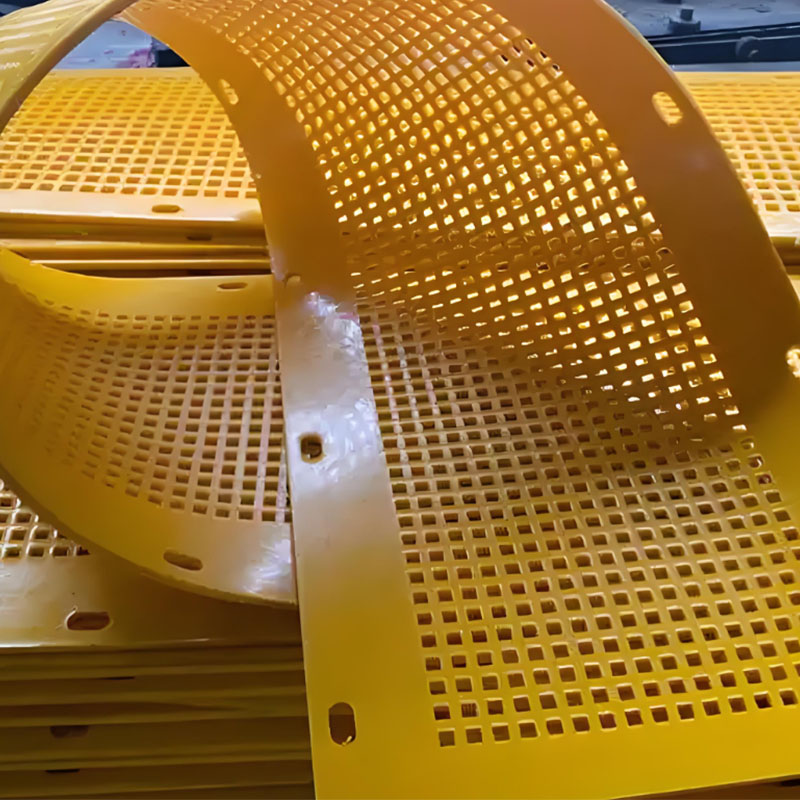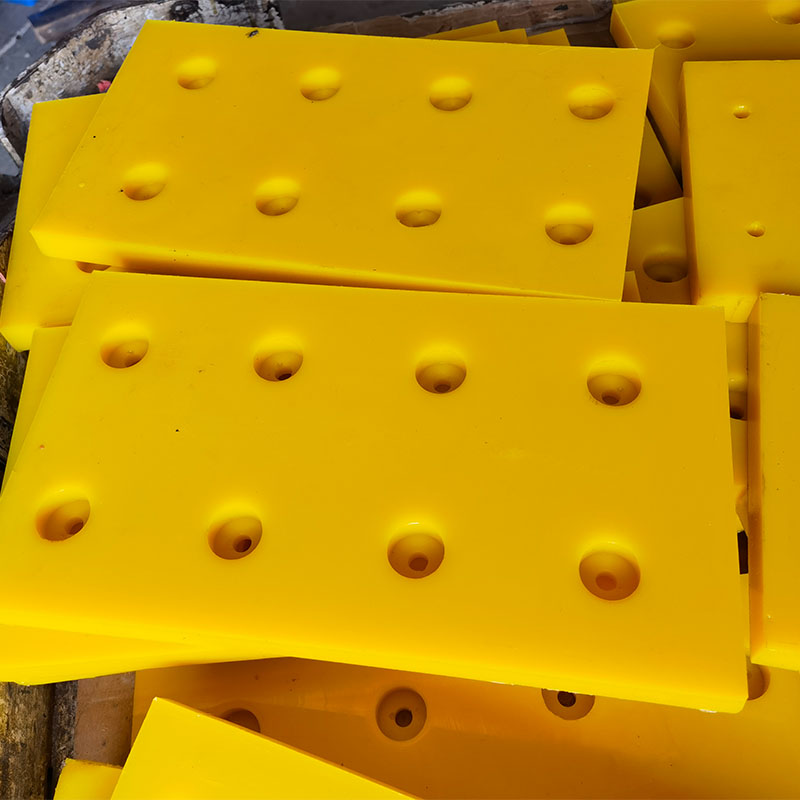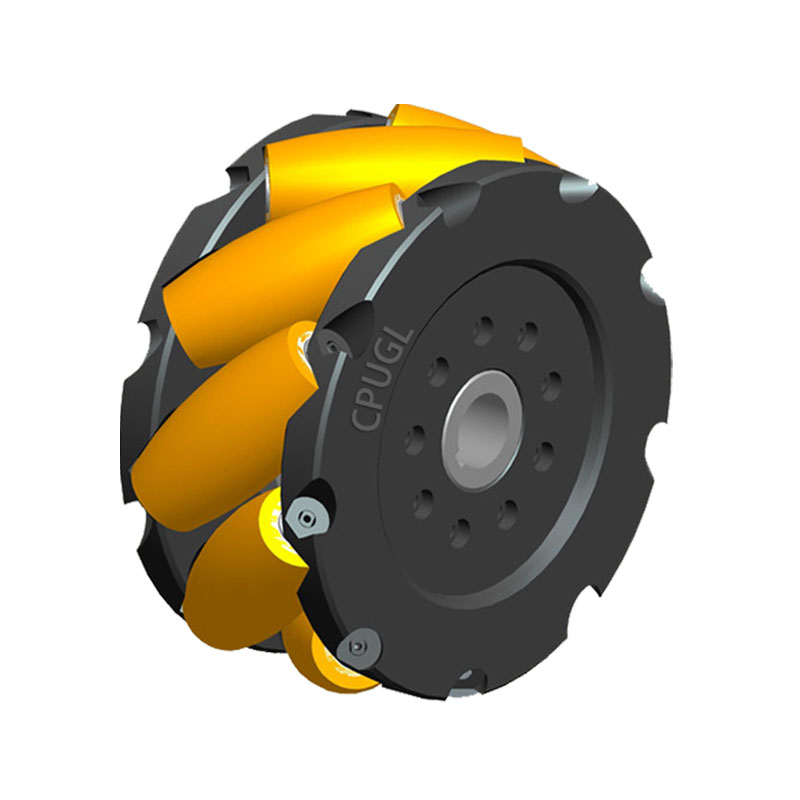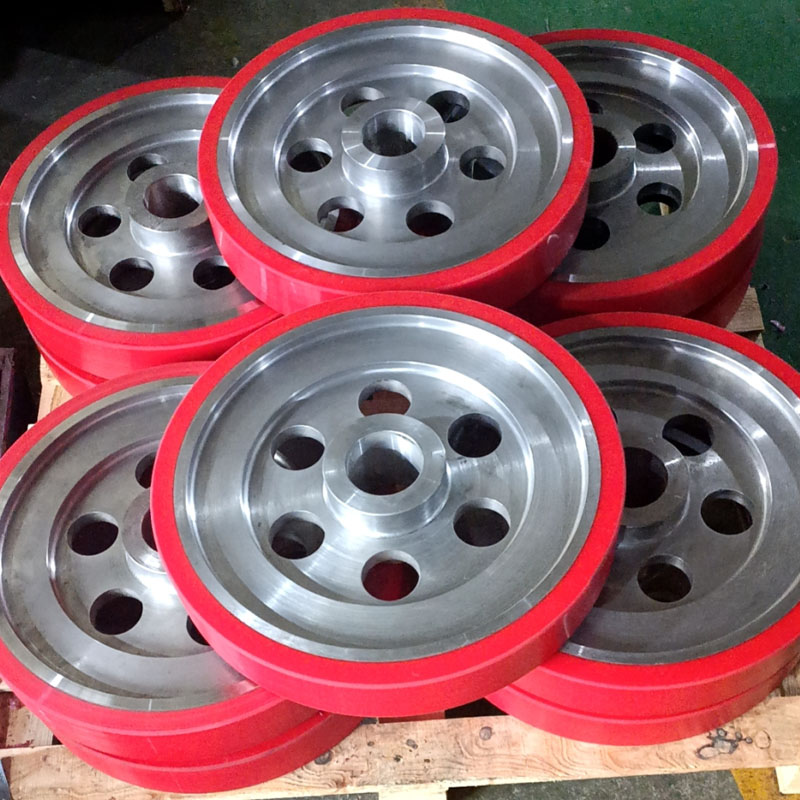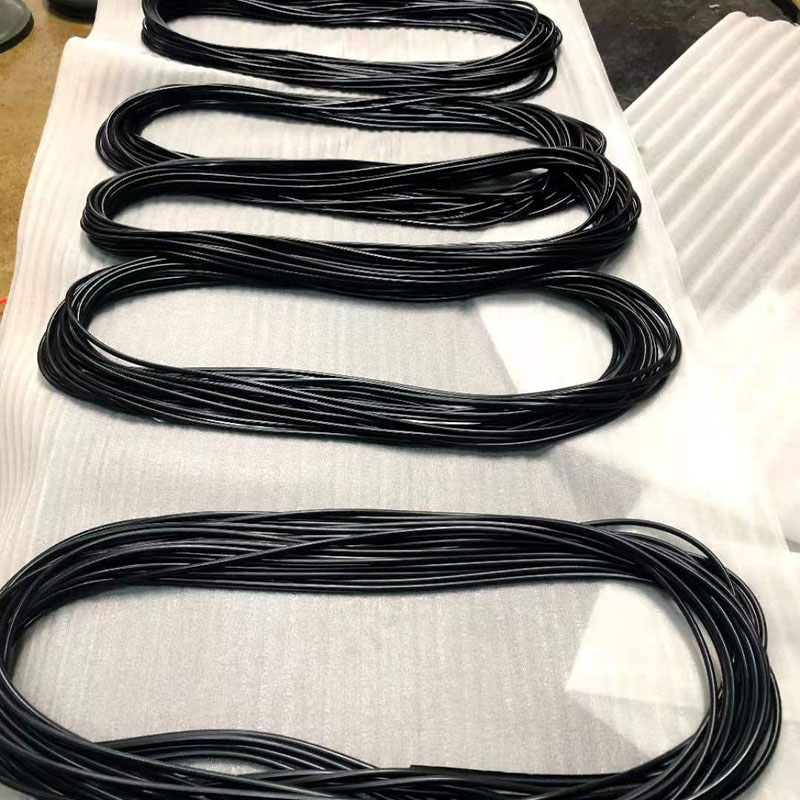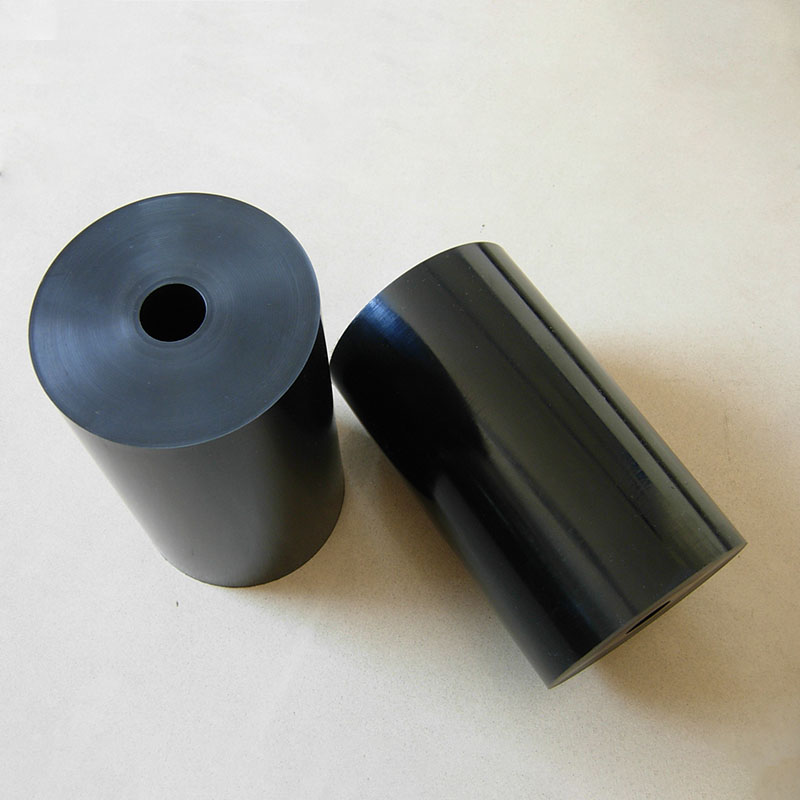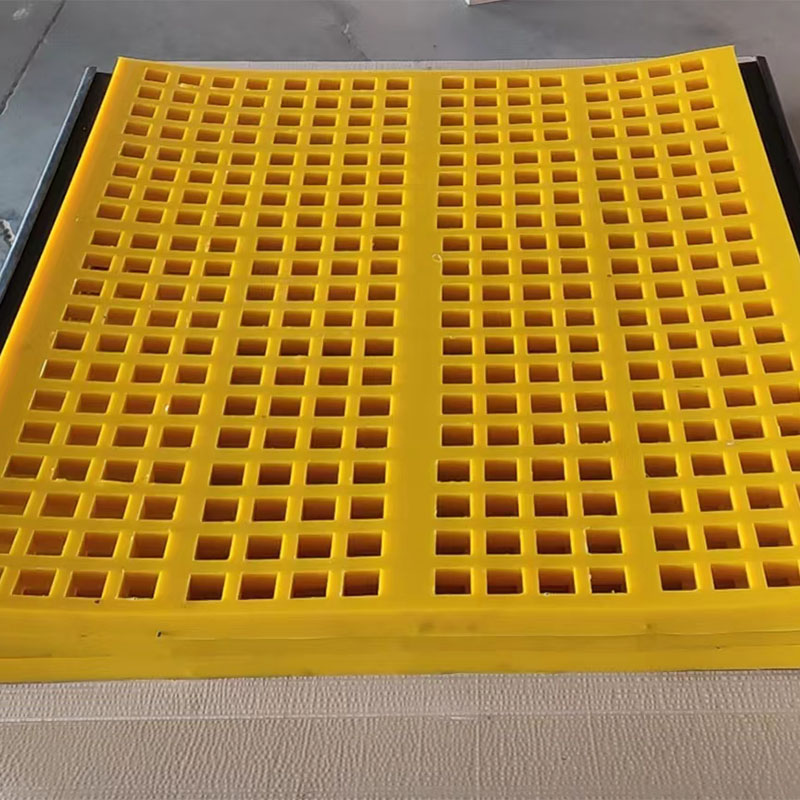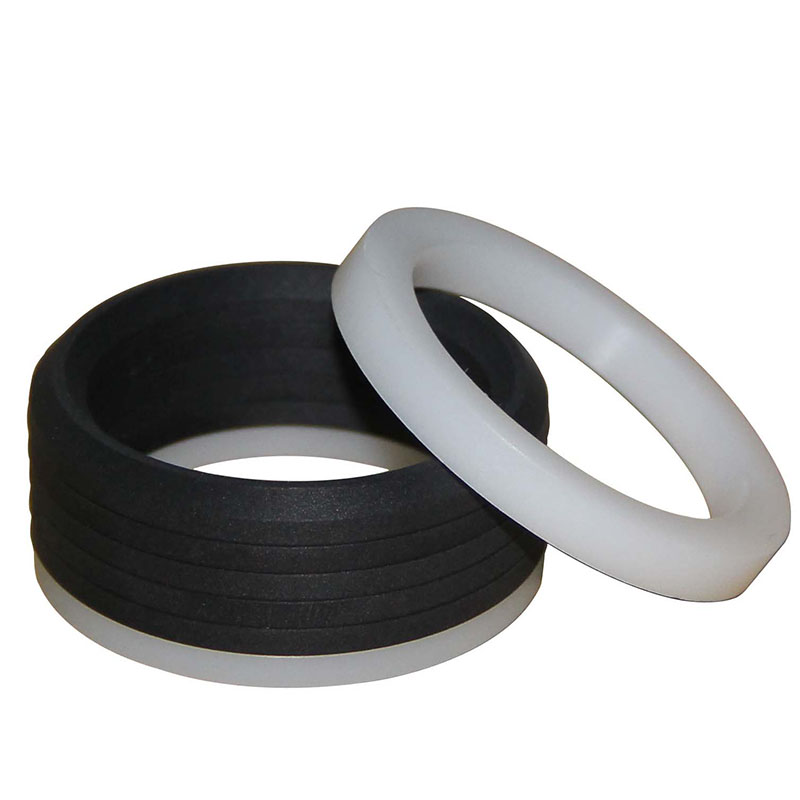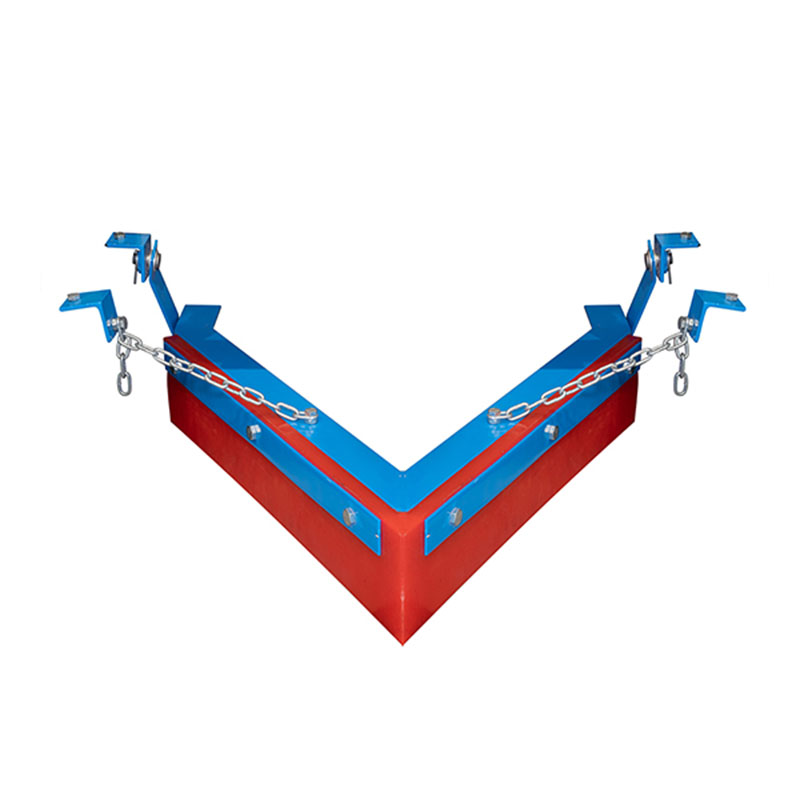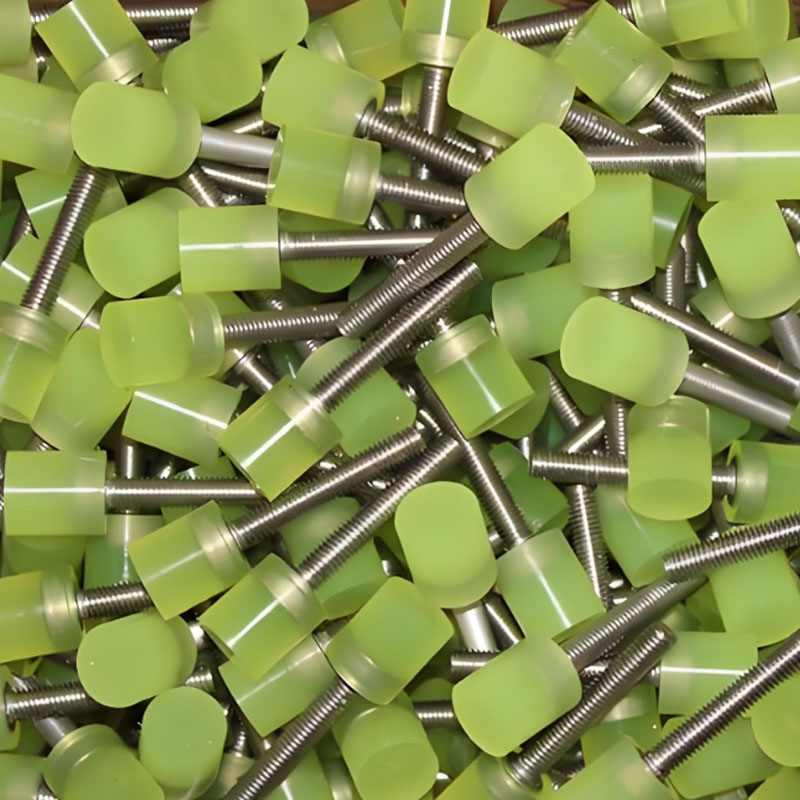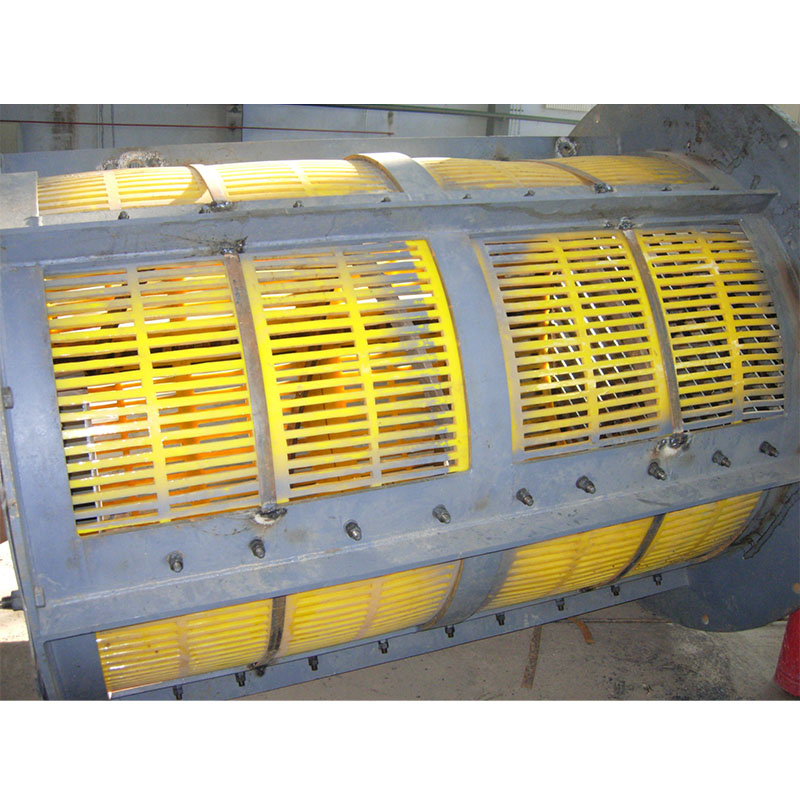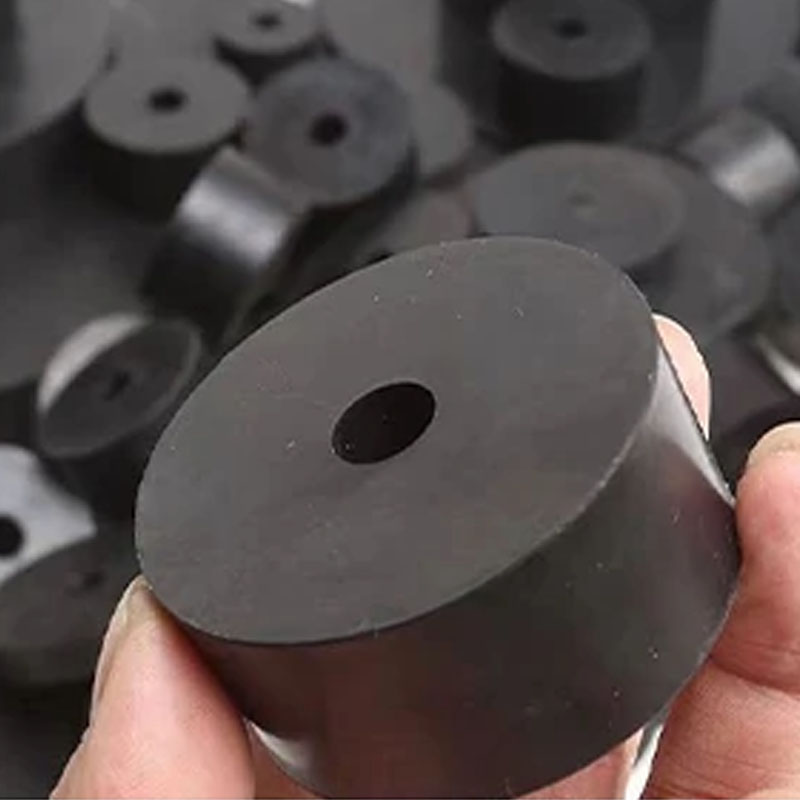
Polyurethane buffer
Polyurethane buffer: soft protection for your home
Polyurethane buffers are inconspicuous assistants in your house, who play an important role in protecting furniture, equipment and even people from injuries. Imagine that you are moving a heavy cabinet. Without buffers, he could scratch the floor, or even hurt the wall, leaving unpleasant traces. The polyurethane from which they are made perfectly copes with this task, providing soft and smooth movement.
Types of polyurethane buffers and their use
There are many types of polyurethane buffers adapted to various needs. To protect furniture from the floor, small, flat buffers are suitable, which are installed on the legs of chairs or tables. Wider and powerful buffers are used for heavy objects, such as cabinets and sofas. In construction, for example, buffers are used to protect walls from blows when moving building materials. It is important to remember the correct choice of buffer depending on the weight and size of the moved object in order to ensure maximum efficiency and safety.
Advantages of using polyurethane buffers
Undoubtedly, polyurethane buffers offer many advantages. Firstly, this is a reliable protection of your sexes and walls from damage, scratches and dents. Secondly, they contribute to the smooth and silent movement of objects, which is important, especially in the conditions of the house. The buffers provide additional security for you and your loved ones, as they minimize the risk of random shots and injuries. Thirdly, polyurethane is a strong and wear-resistant material, which guarantees a long service life of buffers. They are easy to wash and are not subject to corrosion.
How to choose suitable polyurethane buffers?
When choosing polyurethane buffers, pay attention to several parameters. Firstly, this is the material of manufacture-it should be high-quality, wear-resistant and safe. Secondly, it is necessary to choose the size and shape of the buffer corresponding to the size and shape of the legs of your piece of furniture. And most importantly - consider the weight of the subject so that the buffers withstand its load. Do not neglect the reliability of the fastening so that the buffers are reliably held in place while moving. Paying attention to these factors, you can choose the optimal buffers for your needs.
AppropriateProducts
Corresponding products
The best soldproducts
The best -selling productsConnectedsearch
Related search- Prices for rubber sealing rings in China
- Polyurethane blades supplier
- Suppliers of one car of the polyurethane of solid casting from China
- Polyurethane prices of vibration -insulating videos in China
- China conveyor videos Moscow plants
- What a sealing ring
- Polyurethane -free pile wheels
- China Polyurethane Wheel Factory 200 mm
- Leading buyers of replaceable sealing pads in China
- Sita mesh with tension





